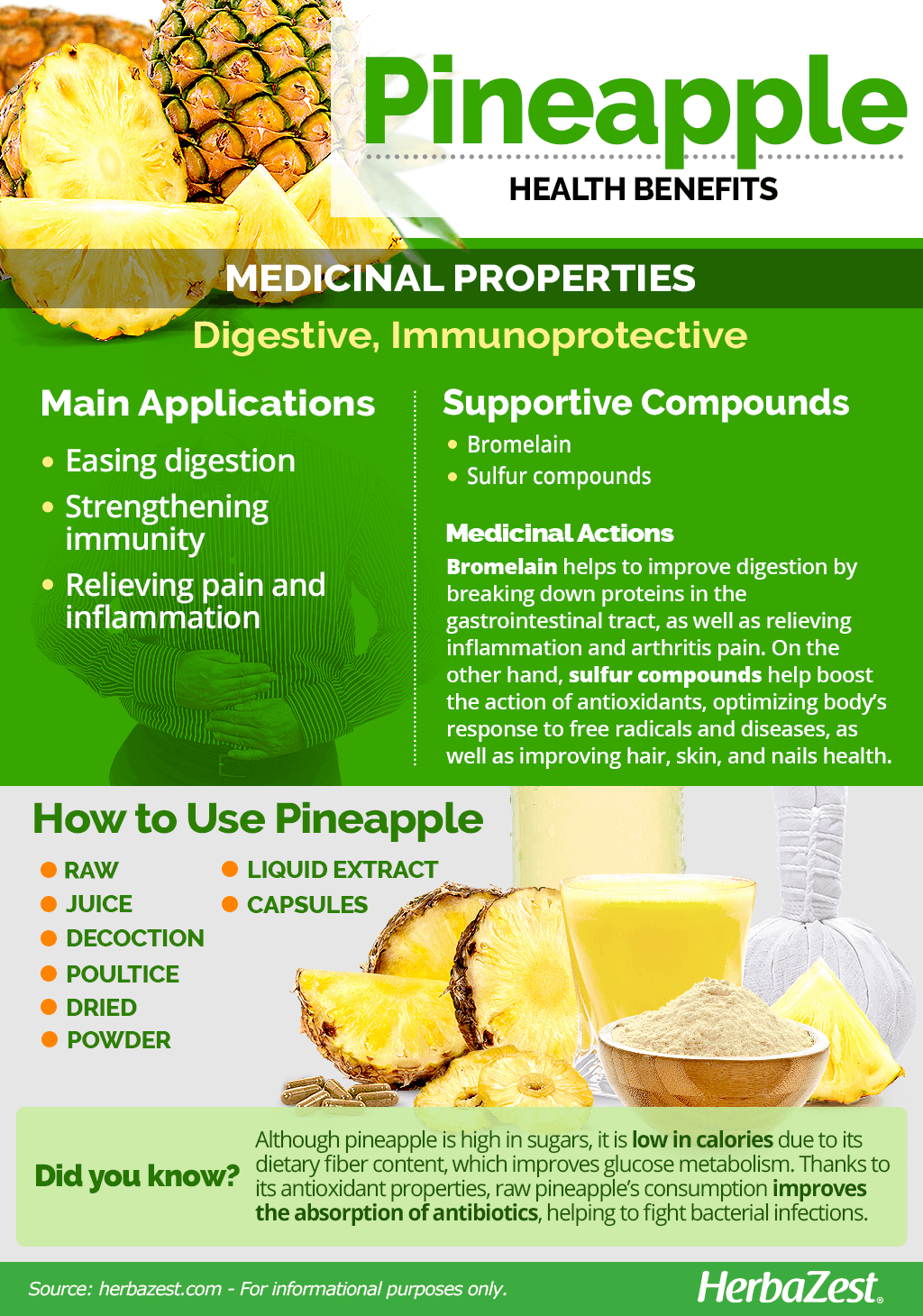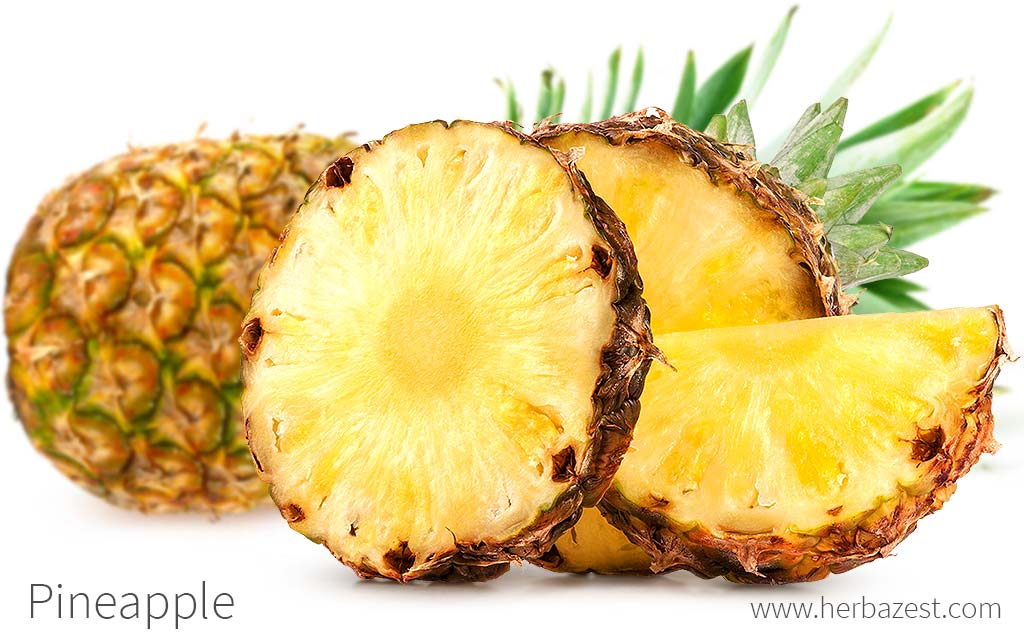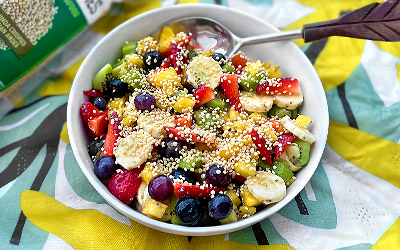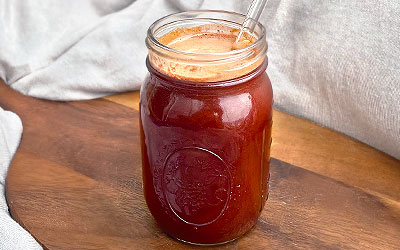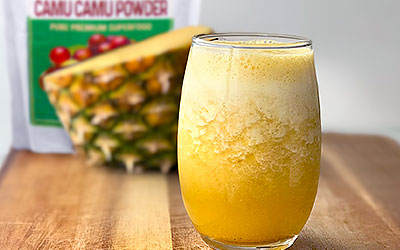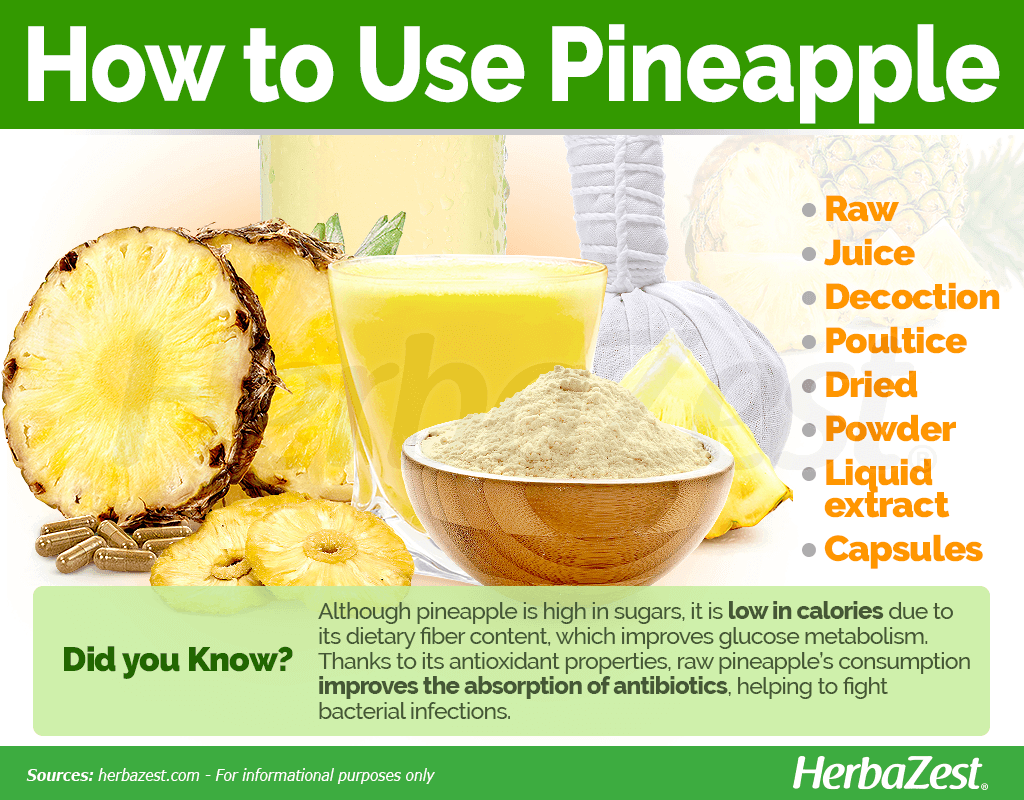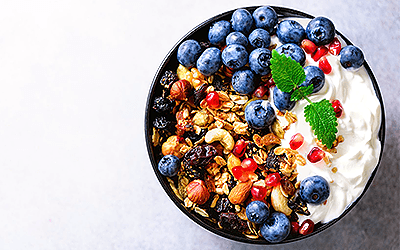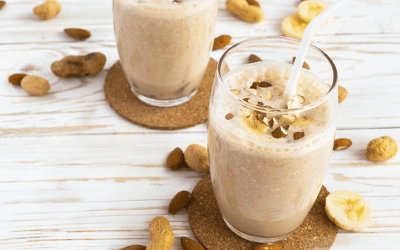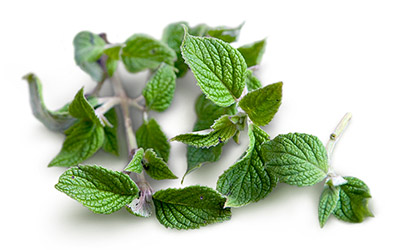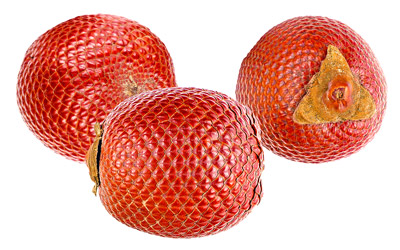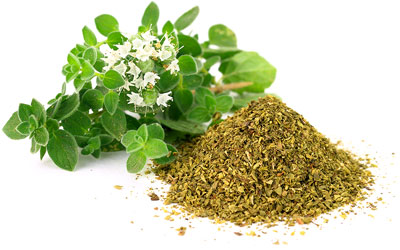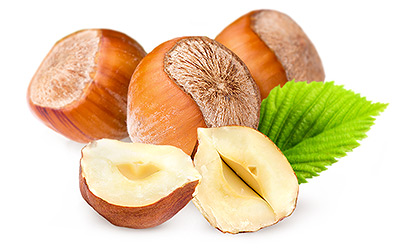Pineapple, named because of its resemblance to the pine cone, is native to the tropical regions of Brazil in South America, and it has been one of the most popular tropical fruits for centuries. Second only to bananas, the pineapple is now the most significant tropical fruit crop in existence, although many are still unaware of the fruit's nutritional and medicinal value.
Pineapple Medicinal Properties
- Medicinal action Digestive, Immunoprotective
- Key constituents Bromelain
- Ways to use Capsules, Food, Juiced
- Medicinal rating (3) Reasonably useful plant
- Safety ranking Use with caution
Health Benefits of Pineapple
Pineapple is a well-known source of essential nutrients; however, the medicinal properties of pineapple have been traditionally used for centuries, and modern research has corroborated many of pineapple health benefits, mainly:
Easing digestion. Pineapple can help in the treatment of gastrointestinal problems, such as slow digestion, constipation, and Irritable Bowel Syndrome (IBS).
Strengthening immunity. Pineapple is rich in antioxidants, which support immune functions and protect the body against harmful pathogens that cause sinus infections, common cold, and other ailments.
Relieving pain and inflammation. Pineapple's properties alleviate the symptoms of joint pain and speed up recovery from external injuries by reducing swelling.
Additionally, pineapple's properties has proven effective for:
Improving eye health. Regular consumption of pineapple can reduce the risk of macular degeneration, an age-related eye disease that causes gradual loss of vision.
Promoting healthy bones. The rich nutritional content of pineapple is highly beneficial for strengthening bones and connective tissue, thus preventing fractures and osteoporosis.
Lowering blood sugar. Pineapple have been shown to regulate glucose metabolism, which makes it ideal for diabetics and people with high blood sugar.
Preventing blood clots. Pineapple has shown to successfully inhibit blood coagulation, thus reducing the risk of vascular diseases, such as thrombosis.
Stimulating urination. The diuretic properties of pineapple help eliminate toxins through urine, which is beneficial for those who suffer from kidney, bladder, and prostate diseases.
Pineapple has been traditionally used for treating hay fever and speeding up the healing of sunburned skin.
How It Works
Most of the medicinal uses of pineapples stem from bromelain, a mixture of enzymes that can be found in pineapple juice or extracted from the plant. Bromelain is credited to easing digestive problems as it helps break down hard-to-digest proteins in the digestive tract, which prevents any of the gastrointestinal symptoms associated with poor digestion, including bloating and constipation.
Thanks to its anti-inflammatory properties, bromelain is also useful for the nasal passages as well as joints and muscles. It is often mixed with trypsin (a protein) and rutin (a compound found in buckwheat), a combination that has been shown to improve knee function and ease the pain of arthritis.
Pineapple is also rich in sulfur compounds, which are essential in the formation of connective tissues and cartilage. Hair, skin, and nails are composed by keratin, a type of protein made of flexible sulfur bonds. Sulfur is mineral that also plays a key role in the structure and function of digestive enzymes, thus contributing to the benefits of pineapple for gastrointestinal health.
Additionally, sulfur compounds are instrumental in the formation of glutathione, a powerful antioxidant that potentiates other antioxidant substances, thus powering immunity in order to shield the body against free radicals and disease.
Pineapple leaf extract is rich in alkaloids, flavonoids, saponins, and tannins, which are thought to be responsible for lowering blood glucose as well as for providing analgesic effects.
PINEAPPLE'S ANTIOXIDANT PROPERTIES ENHANCE THE ABSORPTION OF ANTIBIOTICS, HELPING FIGHT BACTERIAL INFECTIONS.
Digestive properties are also present in herbs like kiwi, papaya, and oats, whereas devil's claw, ginger, and turmeric can provide similar anti-inflammatory benefits. Moreover, immunoprotective properties can be found in cabbage, garlic, and onion, all rich in sulfuric compounds.
Pineapple Side Effects
Pineapple is generally considered safe in dietary amounts; however, its main compound, bromelain, can cause diarrhea and digestive upset if ingested in excess.
Eating fresh pineapple can also cause a stinging sensation, affecting the taste buds. Avoiding the core of the fruit, where bromelain is concentrated, can prevent or minimize this side effect. Additionally, while the pineapple core is also an edible part of the fruit, it is harder and more fibrous. Consequently, over-consumption can result in the formation of fiber balls in the digestive tract.
In sensitive individuals, pineapple is also capable of causing allergic reactions, including rashes, itching, stomach pain, diarrhea, and vomiting. These reactions are also much more likely to affect those who already have allergies.
Cautions
More research is needed to further understand the effects of bromelain, so it is advisable for those who are pregnant, breastfeeding, or have recently had surgeries to avoid taking any supplements containing this enzyme.
It should also be noticed that unripe pineapple is toxic and should not be consumed.

Pineapple Nutrition
Compared to other fruits, such as apples and bananas, the pineapple fruit is low in calories as 100 grams of this tropical fruit provide 20% of the suggested limit for sugar intake (up to 50 grams per day). This is due to its high levels of dietary fiber, which improve glucose metabolism, making it ideal for diabetics and people with hyperglycemia.
On the other hand, pineapples' citric and malic acids work with great levels of vitamin C (ascorbic acid) in order to protect bones and immunity as well as improving iron absorption from vegetable sources. Pineapples provide higher levels of vitamin C than grapefruit, lemon, lime, melon, and raspberries.
Pineapples also offer adequate amounts of B-complex vitamins, mainly B1 (thiamine), B6 (pyridoxine) and B9 (folate). Thiamine is sometimes called the "anti-stress" vitamin because it strengthens immunity, thus improving body's resistance to stressful conditions; pyridoxine is essential for brain development and function; the production of the mood-regulating hormones, serotonin and norepinephrine; and secretion of melatonine, which induces sleep and helps regulate the circadian rhythm. Additionally, folate plays an important role in fetal development, but it also works closely with vitamin B12 to help make red blood cells as well as aid iron absorption.
The nutritional benefits of pineapple are rounded by small amounts of minerals, mainly potassium and iron.
100 GRAMS OF RAW PINEAPPLE PROVIDE 5O CALORIES, ZERO FATS, AND 6% OF THE RECOMMENDED DAILY VALUE FOR DIETARY FIBER.
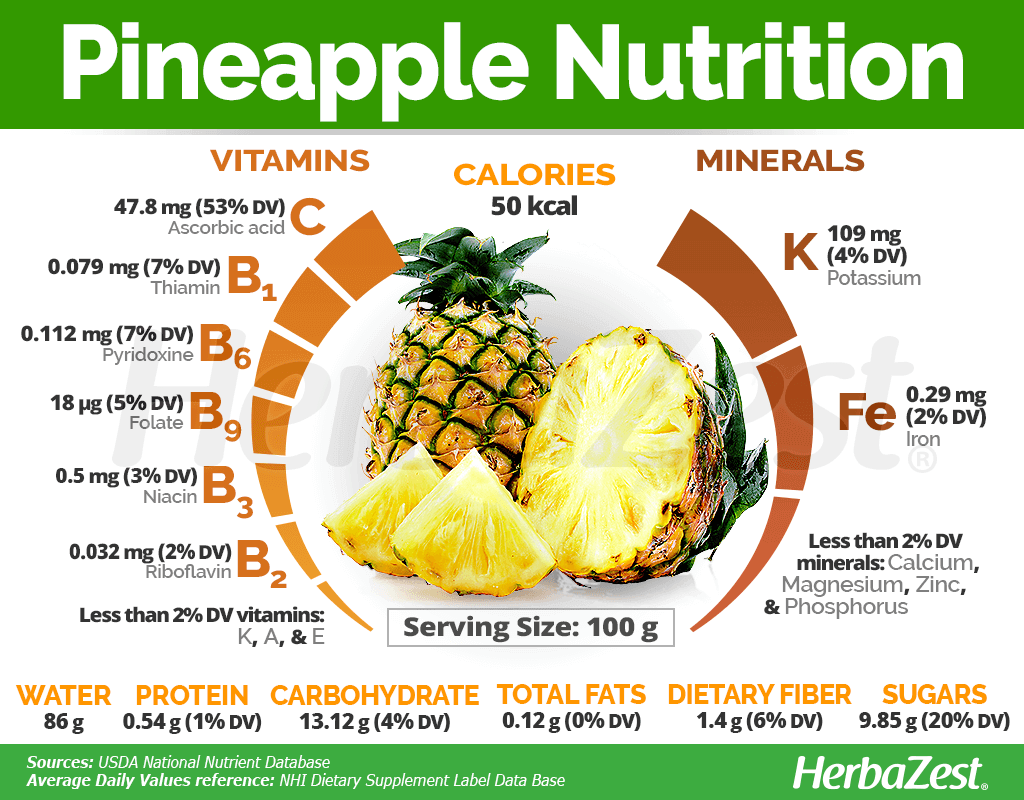
How to Consume Pineapple
- Edible parts Fruit
- Edible uses Condiment, Beverage
- Taste Sweet
Pineapple health benefits are most popularly obtained from fresh consumption and culinary preparations; however, bromelain, an enzyme mixture responsible for the fruit's most medicinal properties, can be extracted from the fruit's stem or juice. It can also be consumed in supplemental forms for more potent effects.
Pineapple is featured as an ingredient in many culinary preparations across the world, particularly in African and Caribbean cuisines.
Natural Forms
Raw. The sweet citrus flavor of raw pineapple makes it ideal as a fresh snack and a salad ingredient, though it is also delicious grilled or cooked. In this form pineapple provides all its digestive properties and dietary fiber, which aid food metabolism and help relieve constipation.
Juice. While insoluble dietary fiber is discarded in pineapple juice, the anti-inflammatory properties of pineapple as well as its digestive enzymes can help relieve inflammatory pain and work as an effective diuretic.
Decoction. In folk medicine, pineapple rind is boiled into a decoction, applied directly to hemorrhoids for quick relief, or taken orally in order to eliminate intestinal worms.
Poultice. The crushed rind of pineapple can be applied directly to fractures and swollen skin in order to reduce local pain and inflammation.
Dried. Sliced or in small chunks, dried pineapple is a great snack that is low in calories, but high in fiber and nutrients.
- Powder. Cold dried and finely ground, pineapple powder can be added to smoothies and juices, or used in a variety of culinary preparations as a source of flavor and essential nutrients.
Herbal Remedies & Supplements
Capsules. This supplemental form of pineapple provides high concentrations of bromelain, the medicinal enzyme in the pulp of the fruit, and can be taken daily in standardized doses as a digestive and anti-inflammatory aid for arthritic and knee pain.
Liquid extract. Bromelain liquid extract, obtained from the core of pineapple, can be used topically to remove dead cells and restore the appearance of the skin. It can also be ingested to reduce inflammation and swelling in the upper respiratory tract.
Growing
- Life cycle Perennial
- Harvested parts Fruit
- Soil pH 5.1 – 5.5 (Strongly acidic), 5.6 – 6.0 (Moderately acidic), 6.1 – 6.5 (Slightly acidic)
- Propagation techniques Cuttings
The two most widespread varieties of pineapples are not grown from seeds. Cultivated in countries with tropical climates, such as Thailand or the Philippines, pineapple requires specific conditions in order to thrive and give fruit.
Growing Guidelines
- Did you know?
A high amount of aluminum is characteristic in the areas where pineapple plants are cultivated. Since very few other crops can resist such conditions, pineapples are useful for providing value to otherwise fallow land.
Pineapple plants are cultivated from a crown cutting of the fruit (the vegetative shoot on top of the plant) or slips and suckers (shoots that develop from the main stem), which are then planted directly in the soil and will flower in 22 - 24 months.
The ideal soil conditions for pineapple consist of highly acidic, mineral rich, moist but well-drained environments.
The pineapple palm requires low humidity, full sunlight, and temperatures between 32 - 90°F (0 - 32°C).
- The pineapple palm yields two harvests per year.
Additional Information
Plant Biology
The pineapple tree is really a palm and herbaceous species that grows close to the soil surface to a height of up to four feet (122 cm), though approximately three feet (90 cm) of this is formed by its stiff, waxy, and often sharp leaves. A pineapple's fruit is composed of berries, which grow and fuse to the central stalk. About 15% of the fruit is sugar, which accounts for the sweet and juicy flavor that popularized pineapples worldwide.
Classification
The pineapple palm, or Ananas comosus, is a member of the Bromeliaceae family, which contains approximately 3,210 species of flowering plants native to tropical America. However, unlike most of its relatives, the pineapple grows in land, while most bromeliads are either saxicolous, growing on rocks; or epiphytic, growing on other plants and trees. Pineapple is also the only member of its family to produce edible fruit.
Varieties and Cultivars of Pineapple
Because of its popularity, many different varieties and cultivars of pineapple have been identified. The three main varieties are Ananas comosus var. sativus, Ananas comosus var. comosus, and Ananas comosus var. lucidus. Unlike the comosus variety, the sativus variety does not produce seeds and is not able to germinate, so it can only be propagated through cuttings. Meanwhile, the lucidus variety is the most common choice for the agricultural industry, thanks to its lack if spines, which makes it easier to harvest.
There are four key cultivars of the pineapple plant: 'Smooth Cayenne,' 'Red Spanish,' 'Abacaxi,' and 'Queen'.
'Smooth Cayenne' (which includes variants such as 'Hilo,' 'St. Michaels,' and 'Giant Kew') boasts a sugary, low-fiber flesh that makes it ideal for canning, constituting 90% of the world's canned pineapple.
In contrast, 'Red Spanish' pineapples (grown in the West Indies, Mexico, and Venezuela) are higher in fiber, and their tough skin means they are able to withstand international shipping. Types of 'Red Spanish' include 'Cabezona' and 'Valeran'.
On the other hand, 'Abacaxi' is the tenderest of the main cultivars (including variants such as 'Black Jamaica'). Its rich, juicy flesh is very tasty, but its tenderness prevents it from withstanding long transports.
Finally, 'Queen' pineapples are more compact than the other types: small-cored and fragrant, they are best enjoyed when eaten fresh. Examples of 'Queen' pineapples include 'MacGregor' and South Africa's 'Natal Queen'.
Historical Information
Though originating in Southern Brazil, the first recorded discovery of pineapples was by Christopher Columbus in 1493 in the Caribbeans. Because of this, the fruit has been historically linked with the idea of exploration and wealth: in the 17th and 18th centuries, it became habitual for sailors to place a pineapple outside their home to signify their safe return from a long voyage.
During the 17th century, the pineapple was also used as a status symbol for the European social elite, who used the fruit to adorn their banquet tables as a means of expressing their affluence. As the pineapple trade increased over the centuries, this tradition developed beyond seafaring communities to symbolize a general message of welcome and friendliness.
Economic Data
With their potential to be consumed fresh, juiced, canned, and as a preserve, pineapple's main economic use is culinary. The fruits contribute to over 20% of the world's production of tropical fruits and are the only member of the Bromeliaceae family that produces edible fruits.
Pineapple crops also provide some countries with a major source of export: in 2010, Brazil exported 2,120,030 metric tonnes (2,336,933 short tons) of pineapples, followed by the Philippines with 2,169,230 mt (2,391,166 st), and Thailand with 1,924,660 mt (2,121,574 st).
Other Uses
Fiber. In the Philippines, pineapple leaves are used to create a textile called fiber-pina, which is used as a material for making wallpaper and furnishings.
Industry. Isolated and processed, bromelain extracted from pineapples is sold commercially as a meat tenderizer and to chill-proof beer.
Flavoring. Pineapple fruit extracts are used to flavor culinary dishes and all kinds of commercial goods, such as jelly, candy, beverages, and more.
Cosmetics. Pineapple is widely used as an ingredient in personal care products, such as creams, lotions and body scrubs, due to its anti-inflammatory and rejuvenating properties.
Fodder. Pineapple waste from processing factories is dehydrated as "bran" and fed to farm animals, often mixed with other ingredients to improve its nutritional value.
Ornamental. The pineapple fruit, with its crown intact, is often used as an indoor decoration.
Sources
- Australian Government, Office of Gene Technology Regulator: The Biology of Ananas comosus var. comosus (Pineapple)
- Fruits of Warm Climates, pp. 18-28
- Inflammatory Bowel Diseases, Dietary supplementation with fresh pineapple juice decreases inflammation and colonic neoplasia in IL-10-deficient mice with colitis, 2010
- International Journal of Nutrition and Food Sciences, Nutritional Value and Medicinal Benefits of Pineapple, 2015
- Journal of Food and Drug Analysis, Volatile sulfur compounds in tropical fruits, 2018
- Kerala Agricultural University, Pineapple Research Station - Benefits and Uses of Pineapple
- Medical Hypotheses, Fibrinolytic and antithrombotic action of bromelain may eliminate thrombosis in heart patients, 1980
- Penn State University, Surprising Health Benefits of Pineapples
- Union County College, Plant of the Week: The Pineapple
- University of Puerto Rico, Nutrition Live - Health Benefits of Pineapple
- MedlinePlus Herbs and Supplements, Bromelain
- Medicinal Plants of the World, p. 46
